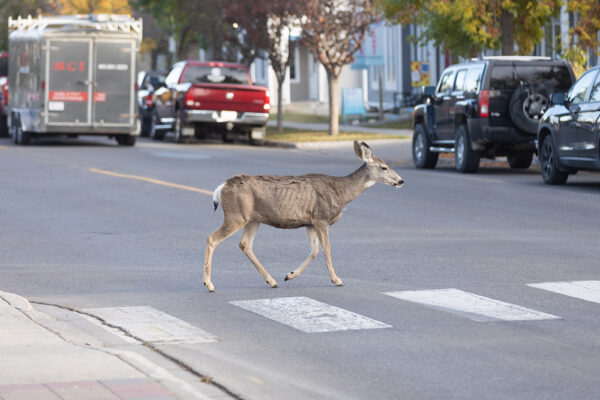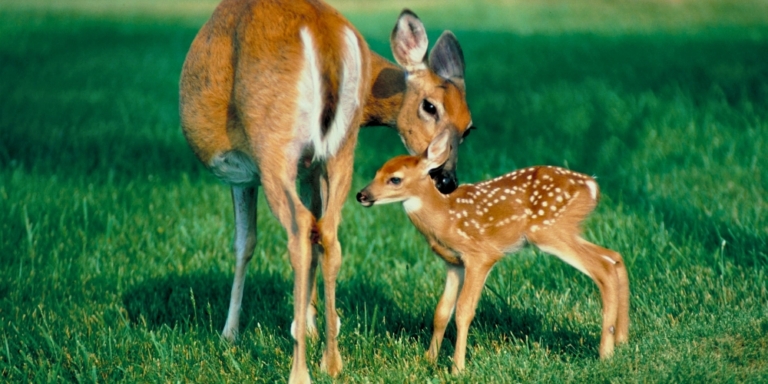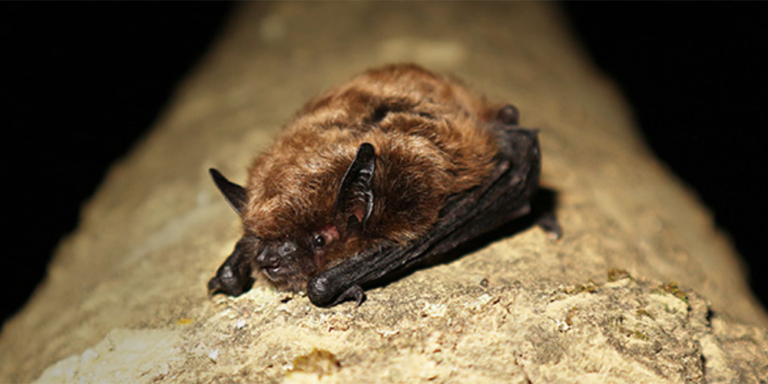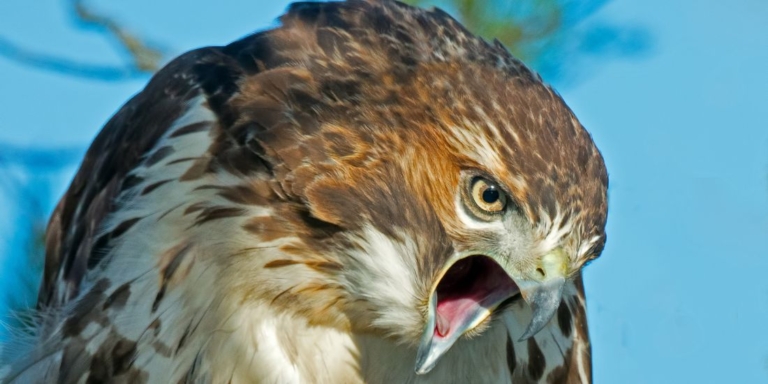People love cute little deer. Disney’s classic movie Bambi may have premiered 81 years ago, but the plight of the young animated fawn still draws tears to from the young and old.

But, too much of a good thing can be bad, and adorable deer are no exception.
Municipalities across southern Alberta are busy dealing with growing urban deer populations.
Urban wildlife live or thrive in urban environments like cities and towns.
House mice are a common example of urban animals.
Once upon a time, seeing deer in a city or town was rare and welcomed, but the number of urban deer has grown significantly in southern Alberta, causing some people to rethink their welcoming attitude toward their hoofed neighbours.
Since 2015, Okotoks has monitored and counted its urban deer population.
The first count in 2015 tallied 66 deer. That number more than doubled in 2023 to 139.
Okotoks is teaming up with nine other municipalities that are seeing similar growth in their urban deer populations.


These include Diamond Valley, Airdrie, Cochrane, Chestermere, Wheatland County, Calgary, Canmore, Rocky View County, and the MD of Bighorn.
Representatives from these municipalities are forming the Municipal Conflict Wildlife Collaborative Calgary Area (MCWC-CA).
The primary goal of the Collaborative is to brainstorm ways to address urban deer populations in southern Alberta.
Representatives from the provincial government will attend meetings and assist the Collaborative.
“Our vision here is to bring together like-minded government representatives to share ideas, collaborate in solutions and support others to develop best practices for addressing conflict wildlife in the communities,” said Craig Beaton, Diamond Valley’s Operations Manager.
The Collaborative will also focus on environmental issues, like strategies for managing milder winters.
Why Are Too Many Deer Bad?
Many people get excited to see deer playing in their backyard. Unfortunately, deer in urban areas can spell trouble for towns and cities.
Too many deer in urban areas increases the risk of human-deer conflict, including vehicle collisions.
A vehicle collision with a deer can cause serious damage to a car. In the worst-case scenario, collisions can be fatal to drivers.


More deer in urban areas also increases the risk of unwanted interactions between humans and deer.
Deer can become aggressive to protect themselves and their babies and may see people and dogs as threatening.
In 2015, Okotoks received two complaints about aggressive deer in the town. Aggressive behaviour includes chasing or kicking at people or pets.
“There have been no reports of anyone getting injured. But a couple of reports of pets getting injured,” Christa Michailuck, Okotoks’ Parks Manager, told CBC News.
In 2018, complaints about deer in Okotoks tripled to six—many of the complaints involved damage to residents’ yards and gardens.
“The deer were getting into their gardens, eating flowers and vegetables. There were instances of aggressive deer around people who were walking, especially with dogs,” said Grant Pryznyk, Chair of the town’s Urban Deer Task Force.
Okotoks is not the only town where some citizens are wary of aggressive deer.
In Cochrane, there have been numerous incidents reported on Facebook of deer charging people with dogs.
A large population of deer can also attract predators, like cougars, into urban areas, which puts humans at risk.
To top it all off, deer carry ticks, which can spread to humans and cause Lyme disease.
A Problem With A Grim Solution
Deer are not to blame.
Most of what these animals do is based on an instinct to survive. Living in towns and cities protects deer from predators.
Plus, there is a lot of food for deer to eat in gardens, parks, and yards.


Urban areas have allowed deer populations in southern Alberta to survive and thrive, boosting numbers.
But we have played no small part in helping urban deer populations skyrocket.
By feeding deer, we encourage them to rely on urban areas and strip them of their ability to survive in the wild.
An overabundance of deer in urban areas in southern Alberta has forced the Collaborative to consider ways to control its deer populations.
One of the most common forms of deer population control is culling, or killing deer to reduce numbers.
Earlier this year, Diamond Valley proposed culling as a potential option to control its deer population. As has happened in many municipalities in BC, last week, the town backed away from the idea and stated it will not and will never consider the idea.
However, Diamond Valley does not speak for the rest of the Collaborative, and culling is likely still on the table.
Doing Our Part
The management of urban deer populations has communities split down the middle.


Many people just don’t like the idea of their neighbourhood Bambi being shot.
“A lot of people love the deer, and you know, a lot of people travel into rural areas and love seeing the deer, and then you’ve got those that are affected in a negative way by the deer,” said Beaton.
Deer do not deserve to be slaughtered for a problem we helped create. We might be part of the problem, but we can also be part of the solution.
Residents can discourage deer from urban areas by planting deer-repelling plants in their gardens, like lavender, building higher fences, and not feeding the animals.
The goal of the Collaborative isn’t to remove deer from communities entirely. The group aims to bring urban deer populations to a sustainable level.
“We do have officials from the government there, so we are looking forward to working together to find a solution that might be less dramatic with the problem,” explained Beaton.
Deer are wild animals and should be treated as such. Encouraging deer to live in urban areas puts people and animals at risk.
Unless we do our part to bring urban deer populations under control, groups like the Collaborative might be forced to make a decision that not everyone agrees with. No one wants to be responsible for creating modern-day Bambies.








